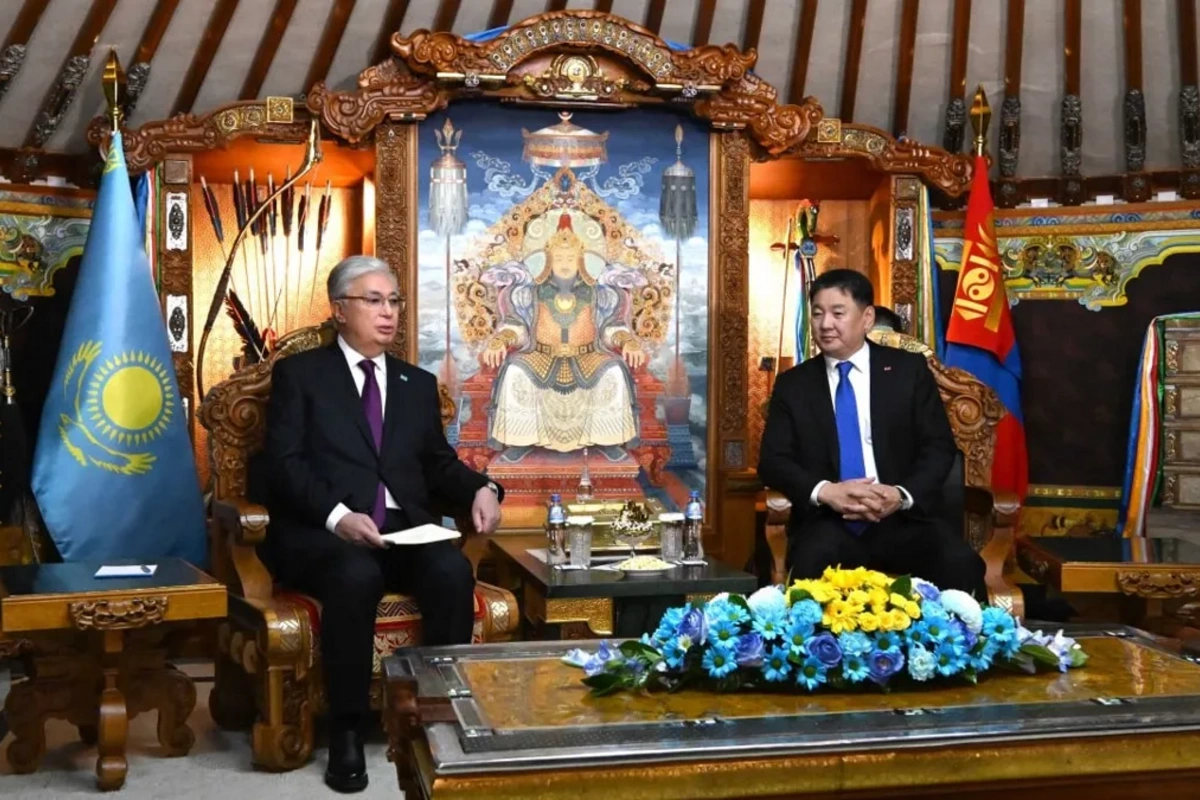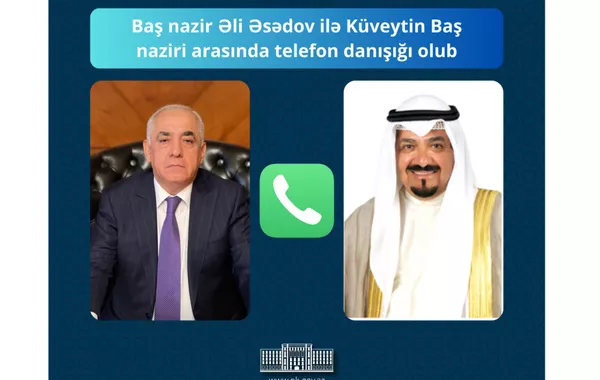
Unlike his predecessor, Tokayev clearly sees substantial potential in establishing stronger relations with Mongolia, given its geopolitical importance and the significance of the Kazakh diaspora, which numbers over 117,000 people
The recent visit of Kazakhstan's President Kassym-Jomart Tokayev to Mongolia—the first in 16 years—marked a new era in relations between Central Asian countries and Mongolia. This visit demonstrated Kazakhstan’s readiness to reconsider its stance toward Ulaanbaatar, which had long been outside the focus of Kazakhstan’s foreign policy. Despite more than three decades of diplomatic relations and a significant Kazakh diaspora in Mongolia, Kazakhstan’s first president, Nursultan Nazarbayev, did not pursue close ties with Mongolia, leading to a stagnation in their relationship.
A New Perspective on Central Asia
Unlike his predecessor, Tokayev clearly sees substantial potential in establishing stronger relations with Mongolia, given its geopolitical importance and the significance of the Kazakh diaspora, which numbers over 117,000 people. This diaspora forms a powerful cultural and social bridge between the countries, strengthening ties through shared historical roots, culture, and language. In Mongolia, for example, Kazakh newspapers are published, Kazakh television channels are broadcast, and Kazakh-language news is regularly aired on the radio. This foundation provides a solid basis for a long-term partnership.
Political Context and Past Obstacles
In the past, Kazakhstan likely avoided closer ties with Mongolia due to its unstable internal politics. Despite its strategic location, Mongolia experienced significant upheavals, such as the mass protests in 2008, when citizens expressed dissatisfaction with parliamentary election results. In response, the government declared a state of emergency, and for several days, there were violent clashes across the country, resulting in casualties and injuries to hundreds of people. At a time when Central Asian states sought political stability, Mongolia did not seem like a reliable partner for Kazakhstan.
However, times have changed. In the face of global economic and political instability, Kazakhstan must expand its alliances and strengthen ties with neighbors, including Mongolia, whose economy is also beginning to grow more actively.
Trade and Economy: New Agreements
A significant outcome of the visit was the agreement to elevate their relations to a strategic partnership. President Tokayev highlighted plans to increase trade turnover, which had declined in recent years. From 2017 to 2020, bilateral trade between Kazakhstan and Mongolia more than halved, partly due to pandemic-related restrictions. However, by 2023, trade turnover between the two countries rose to $150 million. In the near future, Kazakhstan and Mongolia intend to increase this figure to half a billion dollars.
Additionally, an investment agreement was signed during the visit, providing for Earth remote sensing and the creation of a joint space apparatus. This project is Kazakhstan’s first space program with Mongolia and opens up new scientific and technological prospects for both nations.
Energy Cooperation: The Potential of Nuclear Energy
Kazakhstan and Mongolia’s cooperation in the energy sector also reached a new level. Kazakhstan's Ministry of Energy signed a memorandum of cooperation with the Mongolian Nuclear Energy Commission. This move aligns with Kazakhstan’s policy to develop its nuclear industry. In a recent referendum, Kazakh citizens supported plans to expand nuclear energy, creating a foundation for sharing expertise with Mongolia.
Joint Development of Mineral Resources: Opportunities and Challenges
Another crucial area of cooperation is rare minerals, for which demand is growing in the global market. Kazakhstan possesses substantial reserves of rare-earth metals and other resources essential for high-tech production. Joint development of deposits in Mongolia, which also has large reserves of critical minerals, appears strategically advantageous for both Ulaanbaatar and Astana.
One of the challenges both countries face is attracting international investors capable of investing in processing these resources. As Rustem Mustafin, Deputy Director of the Center for Political Studies at the Kazakhstan Institute of Philosophy and Political Science, noted, successful development of such projects requires creating conditions for foreign investment in high-tech production and research centers. Developing this sector will enable both countries not only to export raw materials but also to expand processing capacities and enhance local expertise, contributing to sustainable economic growth.
Prospects for Kazakhstan and Mongolia Amid Global Uncertainty
The relaunch of relations between Kazakhstan and Mongolia comes against a backdrop of increasing global instability. For Kazakhstan, this visit symbolizes a new diplomatic strategy aimed at strengthening its regional standing and broadening its economic horizons. Kazakhstan intends to expand its influence through multi-level cooperation—from culture and science to high technology and mineral extraction.
On the other hand, Mongolia sees Kazakhstan as a reliable partner who can support infrastructure development and offer access to advanced technology. The strong Kazakh diaspora can also facilitate integration, easing cultural and language barriers.
Nonetheless, both countries face certain challenges. Kazakhstan and Mongolia, in particular, must find a balance between national interests and the global market’s growing demand for rare metals. Competition for resources and markets may also increase pressure on these countries from major powers seeking control over the supply of critical materials.
Share on social media
